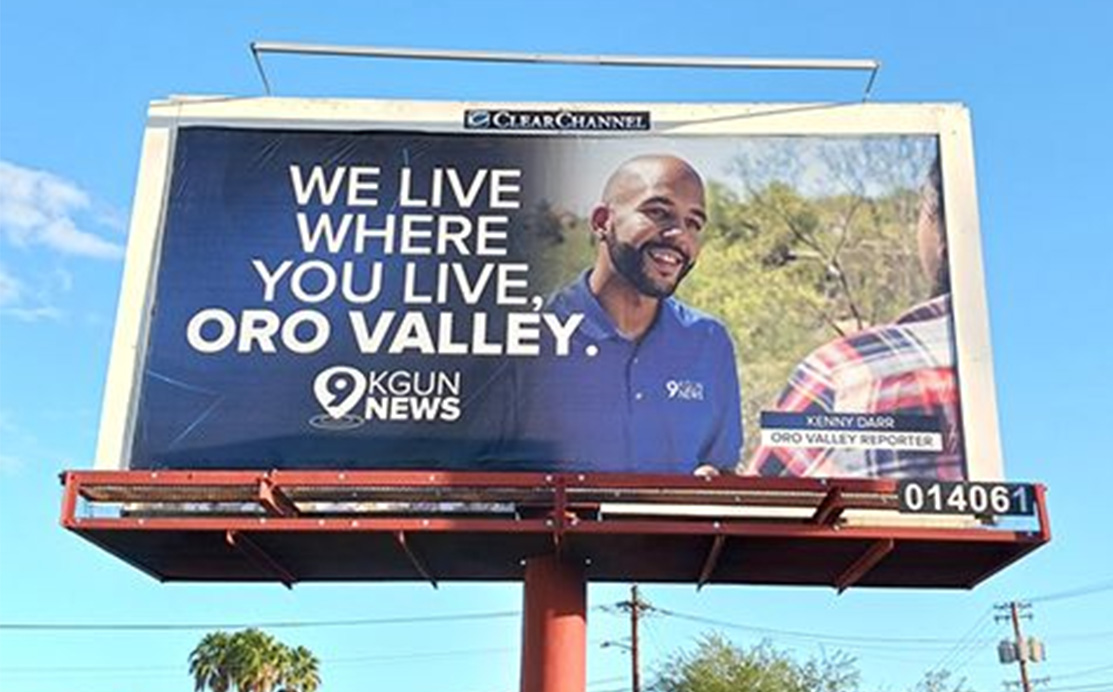Analysis: It’s time for a deeper embrace of community journalism

Subscribe to NCS for the latest news, project case studies and product announcements in broadcast technology, creative design and engineering delivered to your inbox.
Local broadcast news faces an existential crisis. As viewing habits rapidly evolve, these outlets confront crumbling business models, fleeing audiences and withering trust in journalism overall. The meteoric rise of ad-supported streaming and the slow death of cable present new pressures. Shareholders demand growing returns while journalistic integrity is strained.
In this tumultuous landscape, business as usual is no longer an option. Providing steady “coverage you can count on” will not cut it. With local newspapers obliterated, broadcast is one of the last bastions of journalism left in each market. Reinvention is imperative, or these critical community voices will disappear.
The strategic pivot to community journalism emerges not merely as a trend but as a necessity. In today’s polarized climate, with high-stakes elections looming, it is essential to dig into what neighborhoods are actually thinking and saying. This requires a deeper reimagining where residents become collaborative partners in reporting the news that shapes their realities.
While “pivot” may be a dirty word in cautious newsrooms, transformative change is unavoidable. Local outlets must embrace community-powered journalism not just as a smart tactic but out of conviction. The stakes could not be higher.
The shifting paradigm in news consumption
The current media landscape presents a decidedly bleak outlook for local news. Viewers today are inundated with digital and global news options, from social media to FAST, diluting the audience share of traditional local broadcasts.
A 2023 Pew Research report found that 27% of U.S. adults prefer TV for their news, a decline from 35% in 2020. Of course, contrast this with the 86% of adults who often or sometimes get news from a smartphone, computer or tablet — where news is endless and often filtered into each viewer’s bubble.
Of course, this shift in consumption is nothing new. Digital options have long been on the rise, while traditional media viewership has long been declining, at least by traditional metrics.
Contrast this with the fact that six in ten Americans say they have more trust in local than national news to give them information they can use daily, according to Knight Foundation data.
The local stations that best confront this change in viewer habits are thinking beyond the ten o’clock news with a more integrated approach, one that mixes deeper reporting with a better cross-platform experience.
Community Journalism: Not just local, but hyper-local
Local news must depart from the conventional if it hopes to survive, let alone thrive. Sticking to traditional reporting or repackaged national news, along with recycling the same newscast templates, will only accelerate the exodus of audiences.
Instead, local outlets need to zoom in on specific communities and neighborhoods, embrace innovative formats and community-driven reporting, and provide news tailored to cities and individual blocks and distinct groups.
The future lies in community journalism, a form of local news that goes beyond cities and towns to focus on distinct neighborhoods, communities, and even streets. This isn’t just local reporting; it’s hyper-local and personal, transforming community members into the central characters in their own unfolding story.
While national and global news deals with macro trends and issues, community journalism explores how those stories play out on micro levels in people’s lived realities and social circles.
By homing in on hyper-local spheres, broadcasters can frame every school-board issue or construction project not as an isolated event but as a microcosm of wider societal questions. The pothole on Elm Street becomes a window into aging urban infrastructure. A controversial school redistricting plan reflects more profound debates about equality in education.
Local journalism need not lose broader resonance or significance through localization. Instead, it can blend personal relevance with universal import.
It captures news through the lens of lived experience, with community members shifting from passive viewers to collaborative storytellers.
Plus, data from Pew also notes that different racial groups prefer local reporters over national media.
How local news is already adapting
Local news outlets are already retooling their models to focus on distinct communities within their cities and towns, testing new formats and segments centered on two-way community engagement.




KGUN 9 News in Tucson, Arizona has installed billboards in different neighborhoods to promote reporters as dedicated liaisons embedded within each community. These billboards visually signal the station’s commitment to intensely local coverage while transforming reporters into familiar figures. A similar initiative by WRAL in Raleigh uses branded vehicle wraps.
This strategic positioning converts journalists into community ambassadors ingrained in daily routines, humanizing the station and generating viewer loyalty.
WRAL has also embraced its neighborhoods by launching a series of newsletters.
A bolder concept comes from CBS Detroit’s “Neighborhood Newsroom” initiative, transforming specific Detroit neighborhoods into standalone news bureaus.
Reporters operate right from communities, fostering tight connections with residents as they uncover and produce the stories shaping local realities. Producer Lisa Rossi affirms this model allows CBS to “provide news for a neighborhood, by a neighborhood.” Other stations are exploring similar initiatives to decentralize and localize newsgathering, such as WCBS’s expansion of community reporters.
Benefits, risks and the future
While the benefits are evident, this localization also raises difficult questions that the industry must consider.
At its best, community journalism fosters intimate viewer-newscaster bonds that drive trust, engagement and loyalty. News tailored to distinct neighborhoods provides tangible value by illuminating issues affecting everyday realities and experiences. Storytelling directly from communities can elevate diverse voices and viewpoints excluded from traditional coverage.
But localization risks fragmenting shared narratives and entrenching divisive echo chambers where alternative perspectives rarely intrude. Also unclear is how to balance hyper-local stories with significant national and global news necessary for community context.
Limited resources could also spread thin when distributed across bespoke neighborhood coverage.
The most provocative question: Is the pivot to community journalism a sustainable redefinition of local news for the digital age? Or is it merely a temporary salve that fails to resolve the deeper vulnerabilities jeopardizing broadcast models?
Perhaps localization buys struggling outlets more time without tackling the urgent need for digital transformation regarding audience behaviors, platforms, revenue streams and content value propositions.
While community journalism seems a compelling survival strategy for now, its long-term viability remains uncertain. Local broadcasts must carefully weigh both the transformative benefits and challenging trade-offs of community-centric models to chart a resilient path forward.
The industry still faces a profound reckoning of its identity and purpose in a disrupted 21st-century media ecosystem.
While the challenges are steep, local news has no choice but to embrace new methods of journalism, experiment boldly and reassert its value before time runs out. This urgent evolution, fraught as it may be, provides potential glimpses into what local broadcast can become: a platform to turn neighborhoods into newsrooms, community members into storytellers, and residents into partners in shaping personal stories with universal resonance.
Subscribe to NCS for the latest news, project case studies and product announcements in broadcast technology, creative design and engineering delivered to your inbox.









tags
journalism, Original Reporting, reporting
categories
Heroes, Local News, Thought Leadership, Voices